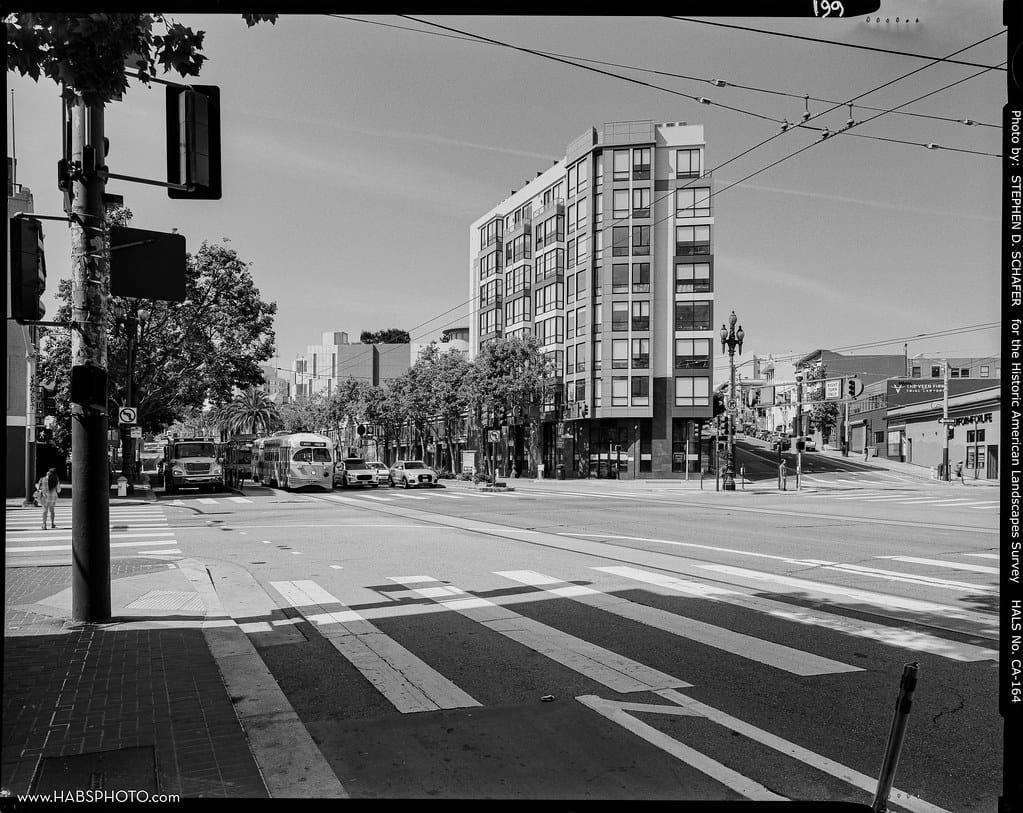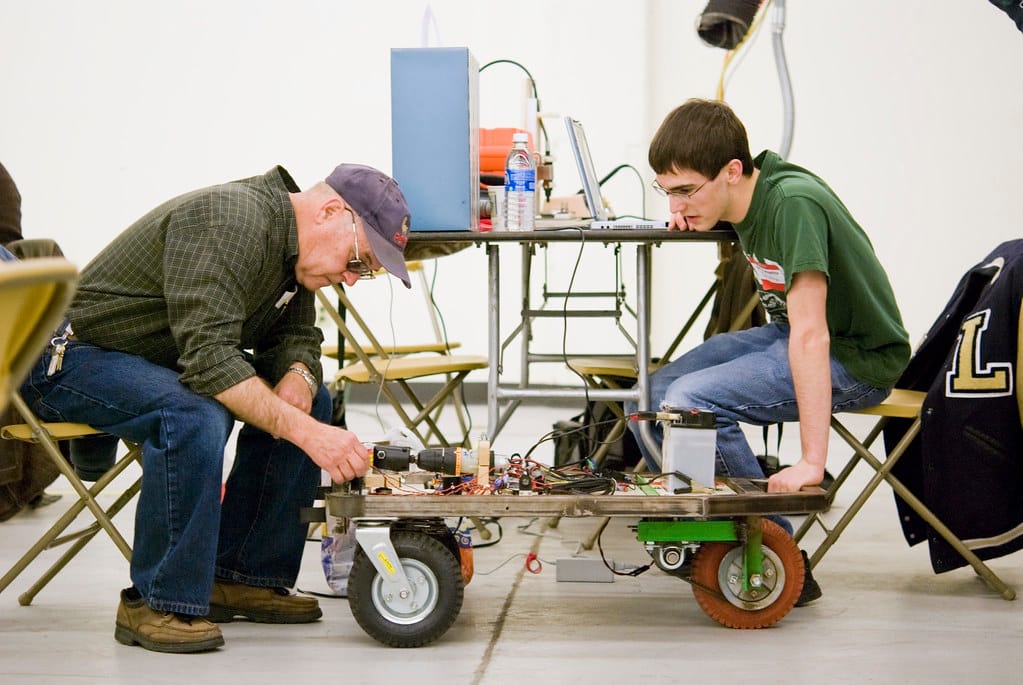Waymo Returns to NYC: The Robotaxi Revolution Hits America's Busiest Streets
After a seven-year hiatus, Waymo is officially bringing its autonomous vehicles back to New York City, marking a pivotal moment in the self-driving car industry. The Alphabet-owned company announced it will begin testing its robotaxi fleet in Manhattan, setting the stage for what could become the most challenging deployment of autonomous vehicles in the United States.
The Big Apple Challenge
New York City represents the ultimate proving ground for autonomous vehicle technology. With over 8.3 million residents, 2.3 million registered vehicles, and some of the most congested streets in America, NYC presents unique challenges that dwarf those faced in other testing markets like Phoenix or San Francisco.
Waymo's previous stint in New York ended in 2017 when the company concluded its initial data collection phase. Now, armed with nearly a decade of additional technological advancement and real-world experience from other markets, the company feels ready to tackle the complexity of Manhattan's urban jungle.
"New York City is the most complex urban environment in the United States," said Waymo spokesperson Julia Ilina. "Successfully operating here would demonstrate the maturity and robustness of our technology."
What's Different This Time
The Waymo vehicles returning to NYC are fundamentally different from those that left in 2017. The current fleet features:
- Fifth-generation Waymo Driver technology with enhanced sensors and processing power
- Improved weather handling crucial for New York's varied climate conditions
- Advanced urban navigation specifically designed for dense city environments
- Real-time traffic adaptation learned from millions of miles driven in other cities
The company's Jaguar I-PACE electric vehicles are equipped with an array of cameras, lidar, and radar sensors that create a 360-degree view of the surrounding environment, capable of detecting objects up to 300 meters away.
The Competitive Landscape
Waymo faces significant competition in the NYC market. Cruise, General Motors' autonomous vehicle division, has also expressed interest in New York operations, while traditional ride-hailing services like Uber and Lyft continue to dominate the market with human drivers.
The regulatory environment has also evolved. New York State recently updated its autonomous vehicle testing regulations, creating clearer pathways for companies to operate self-driving vehicles on public roads. This regulatory clarity has been crucial in attracting autonomous vehicle companies back to the state.
Economic and Social Implications
The introduction of robotaxis in NYC could have far-reaching effects on the city's transportation ecosystem. New York's taxi and for-hire vehicle industry employs over 200,000 drivers, raising questions about job displacement and economic transition.
However, proponents argue that autonomous vehicles could provide benefits including:
- Reduced traffic congestion through optimized routing and shared rides
- Improved accessibility for elderly and disabled residents
- Lower transportation costs over time as technology scales
- Enhanced safety through elimination of human error, which accounts for 94% of serious traffic crashes
Safety First Approach
Waymo emphasizes its safety-first methodology, citing over 20 million miles driven autonomously on public roads and billions of miles in simulation. The company's vehicles have been involved in significantly fewer accidents per mile than human drivers in comparable conditions.
In preparation for NYC operations, Waymo has conducted extensive mapping of Manhattan streets and continues to refine its understanding of local traffic patterns, pedestrian behavior, and unique urban challenges like double-parking and aggressive driving.
The Road Ahead
While Waymo hasn't announced a specific timeline for commercial robotaxi service in NYC, the testing phase represents a crucial step toward that goal. The company will likely spend months or years collecting data and refining its technology before offering rides to the public.
The success or failure of Waymo's NYC deployment could influence the entire autonomous vehicle industry. If robotaxis can successfully navigate Manhattan's chaotic streets, it would demonstrate the technology's readiness for widespread urban deployment across America.
Key Takeaways
Waymo's return to New York City marks a significant milestone in autonomous vehicle development. The company's willingness to tackle one of America's most challenging driving environments signals confidence in its technology's maturity. For New Yorkers, this could mean a future with safer, more efficient transportation options. For the industry, it represents a critical test that could accelerate or slow the adoption of autonomous vehicles nationwide.
As Waymo's distinctive white SUVs begin appearing on Manhattan streets, all eyes will be on how this technology performs in the city that never sleeps.

